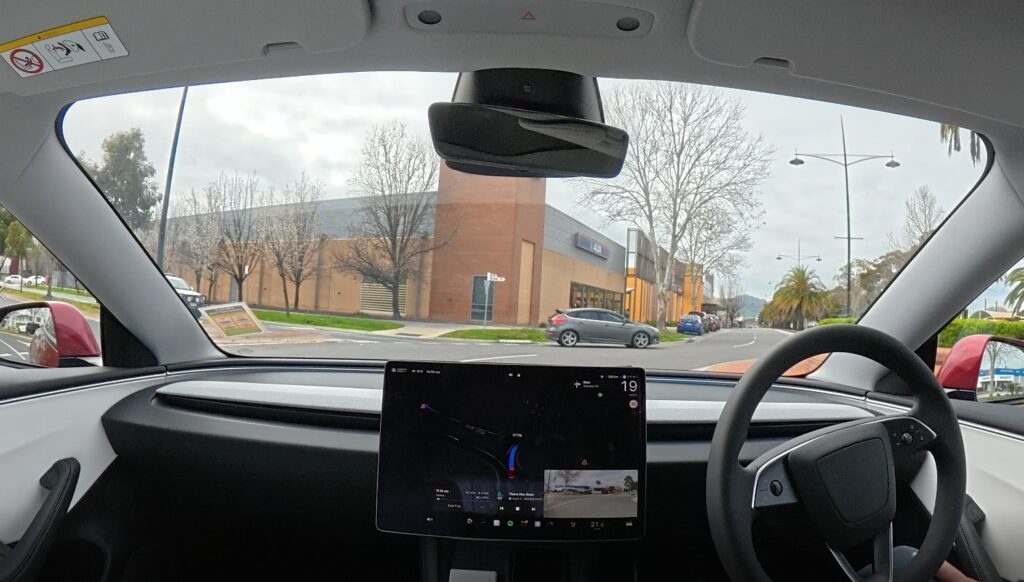Google Strengthens Verification for Android Developers
Brief Overview
- Google broadens developer verification to encompass all Android applications.
- New initiatives tackle the increase in malware from sideloaded applications.
- Verification invitations begin in October 2023, with a global implementation by 2027.
- Freedom of sideloading maintained while improving security measures.
- Comparison with Apple’s app store regulations and Microsoft’s Smartscreen protections.
Broadening Developer Verification for Android Applications
Google is taking significant steps to enhance the security of its Android ecosystem by broadening the requirements for developer verification. This initiative is a response to a notable rise in malware linked to sideloaded applications, which are installed outside the official Google Play Store.
The Importance of Enhanced Verification
Google’s Vice President for Product, Trust, and Growth, Suzanne Frey, emphasized the necessity of increasing developer responsibility. The objective is to deter exploitation by malicious entities utilizing anonymity to produce fraudulent applications that negatively impact users. Google’s findings indicate that there is more than a 50-fold increase in malware from internet-sideloaded sources compared to apps available on Google Play.
Timeline for Implementation
The verification initiative, first introduced for Google Play in 2023, will commence with invitations in October 2023. By March 2026, it will be accessible to all developers, and by September 2026, it will become compulsory in Brazil, Singapore, Indonesia, and Thailand, with a worldwide rollout by 2027.
Maintaining Sideloading Freedom
Google asserts that the enhanced verification process is not designed to limit sideloading. Developers will continue to have the autonomy to distribute applications directly or through any app store of their choice. This strategy aims to safeguard choice while reinforcing security.
Comparison with Competitors
Apple’s Stringent App Store Regulations
In contrast to Google, Apple has traditionally limited installations of third-party software to its official App Store, with a few exceptions including the Enterprise Developer Program and Testflight system. Nevertheless, the European Union’s Digital Markets Act is now compelling Apple to permit alternative app stores within its markets.
Microsoft’s Smartscreen Protection
Microsoft utilizes a broader, reputation-driven Smartscreen filtering system to safeguard its users, showcasing a distinctly different method of user protection compared to the approaches of Google and Apple.
Overview
Google’s enlarged verification process for Android developers represents a strategic effort to address escalating malware threats stemming from sideloaded applications. By upholding developer freedom while bolstering security, Google seeks to create a safe yet accessible ecosystem for users across the globe.
Q: What is the reason behind Google’s expansion of developer verification?
A: Google is broadening verification to address the substantial rise in malware from sideloaded applications, ensuring user safety and enhancing developer accountability.
Q: When will the global enforcement of the verification process take place?
A: The global enforcement is set for 2027, with a phased rollout starting in October 2023 and mandatory verification in specific regions by September 2026.
Q: Will the new verification process limit sideloading?
A: No, developers will continue to possess the freedom to distribute applications through sideloading or any app store they prefer; the initiative is focused on security enhancement.
Q: How does Google’s strategy differ from Apple’s app policies?
A: Unlike Google’s open framework, Apple has historically restricted third-party applications to its App Store. However, recent legislation in the EU now mandates that Apple allows alternative app stores.
Q: What security protocols does Microsoft implement?
A: Microsoft utilizes a reputation-based Smartscreen filtering system to protect users, which contrasts with both Google’s verification approach and Apple’s App Store evaluation.





.jpg&h=420&w=748&c=0&s=0)

.jpg&h=420&w=748&c=0&s=0)










